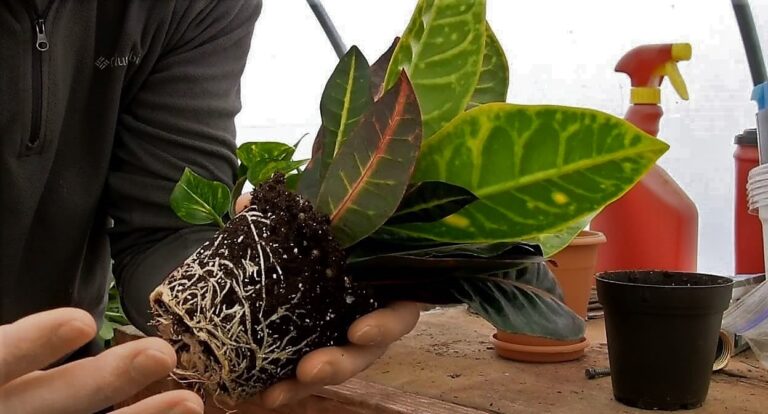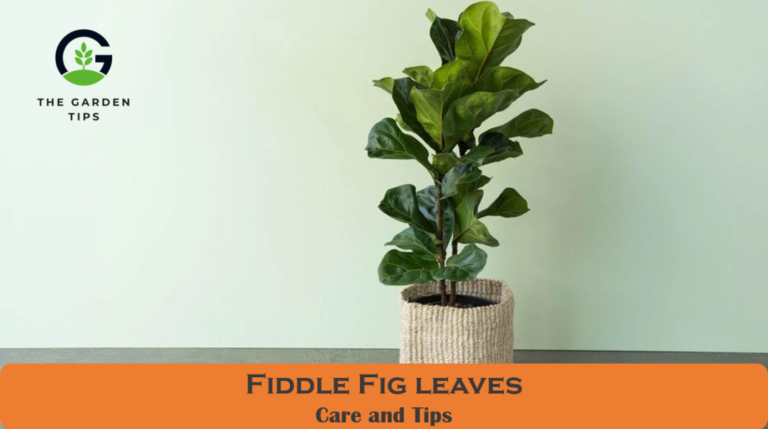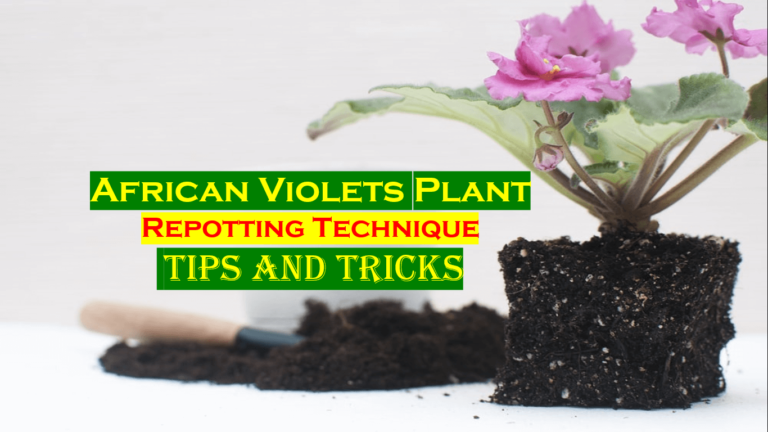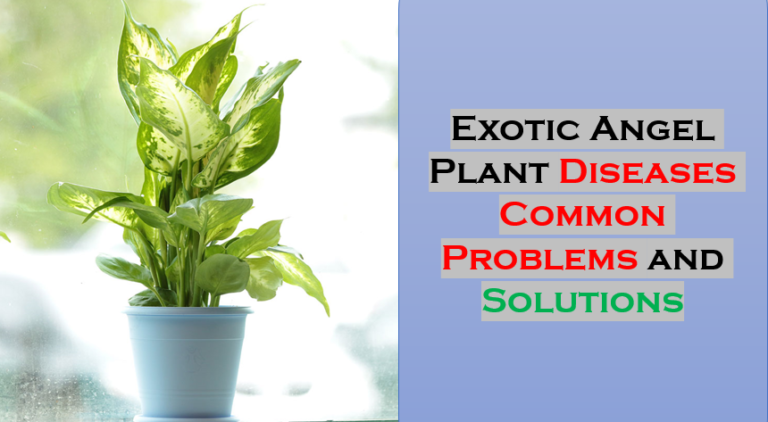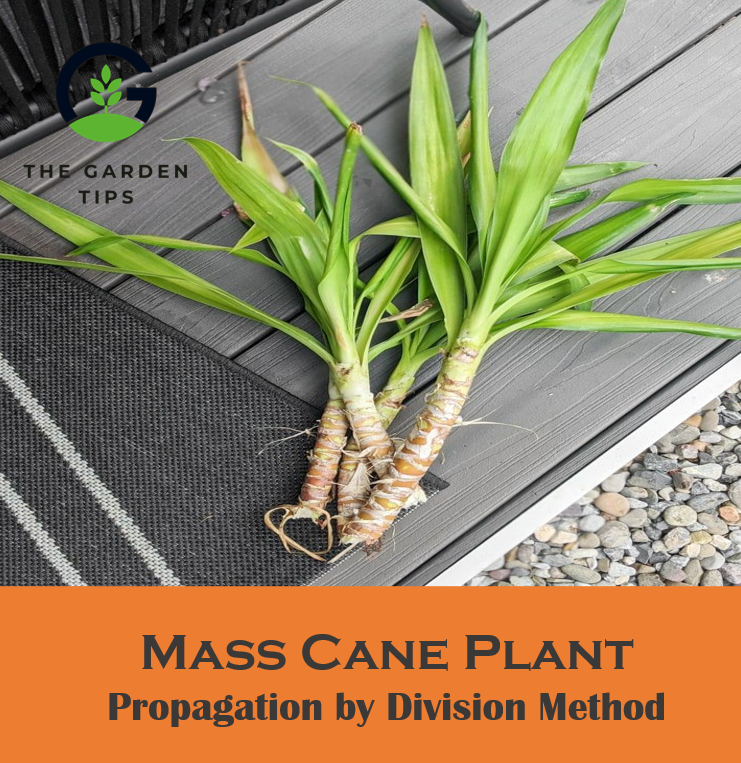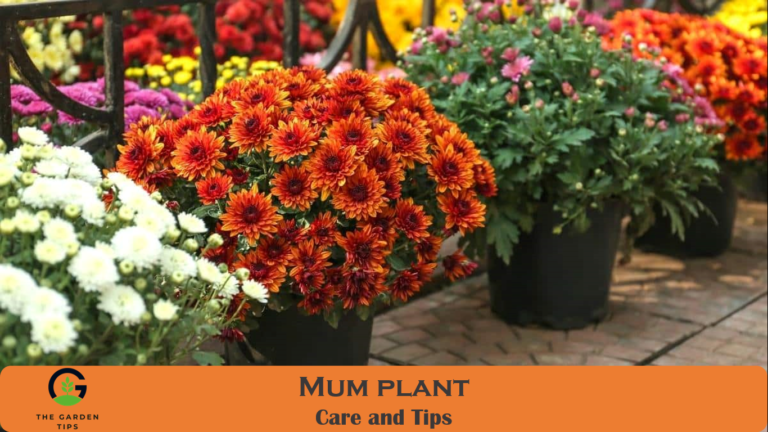Fertilizer plays a critical role in the growth and health of a spider plant. These plants are native to tropical regions and therefore require a steady supply of nutrients to thrive in a home setting. Without adequate fertilization, a spider plant may experience stunted growth, yellowing leaves, and other signs of nutrient deficiency. Regular fertilizer application can help ensure the plant has access to all the nutrients it needs to grow strong and healthy.
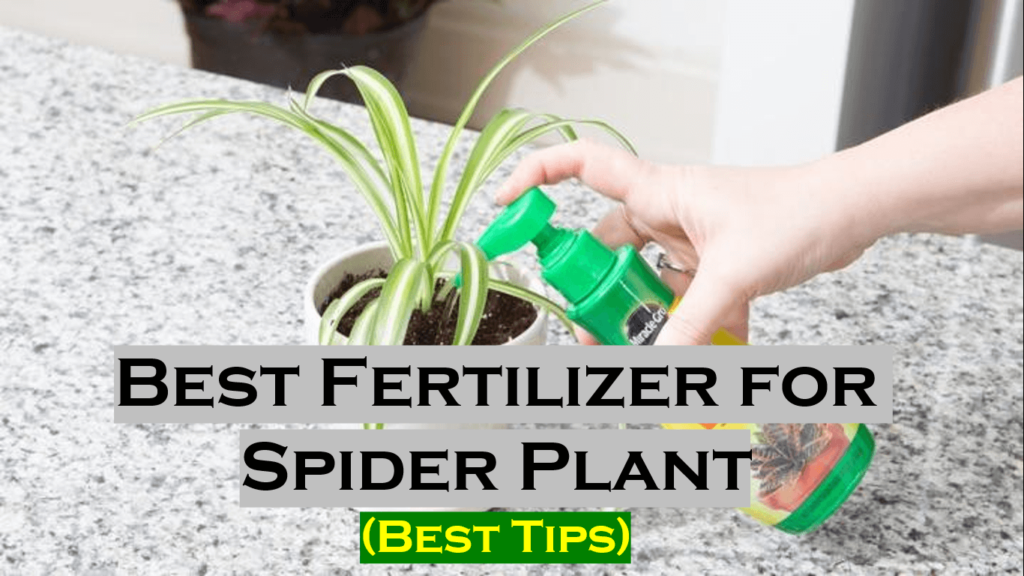
Several types of fertilizer can be used for spider plants, including liquid fertilizer, slow-release granular fertilizer, and fertilizer spikes. Liquid fertilizer is typically applied directly to the soil and is taken up by the roots, providing quick access to nutrients.
Slow-release granular fertilizer is applied to the soil and gradually releases nutrients over a longer period. Fertilizer spikes are inserted into the soil and provide a steady supply of nutrients directly to the roots. Regardless of the type of fertilizer used, it is important to follow the manufacturer’s instructions and only apply the recommended amount to avoid over-fertilization and potential harm to the plant.
Best time to fertilize the Spider Plant
It is also important to be mindful of the timing of fertilizer application. The best time to fertilize spider plants is during the growing season, typically spring to fall. It is not necessary to fertilize during the dormant period.
Best Inorganic Fertilizer for Spider Plant
A balanced, slow-release fertilizer is one of the best inorganic fertilizers for spider plants. These fertilizers are designed to release nutrients slowly over a while, which helps to keep the plant healthy and thriving. They also balance all the essential nutrients that spider plants need, including nitrogen, phosphorus, and potassium. A slow-release fertilizer with a ratio of 10-10-10 (N-P-K) is a good choice. Some common brands widely used for this purpose are Osmocote, Scotts, and Peters.
Another great option for spider plants is a fertilizer with a high potassium concentration. Potassium is important for the plant’s overall health, as it helps regulate water balance and promotes strong stem growth. Potassium is also essential for the development of healthy leaves and roots. Brands like Jobe’s and Miracle-Gro offer fertilizers that are specifically designed for this purpose.
Tips to remember while choosing Inorganic Fertilizer to Spider Plant
When applying fertilizer to spider plants, it is important to follow the instructions on the package. Over-fertilizing can harm the plant and lead to poor growth and blooming.
Another important thing to keep in mind is the amount of fertilization. It is not recommended to fertilize spider plants more than once a month, and it is better to use a lower fertilizer rate than apply a high rate all at once.
It is important to keep in mind that Spider plants prefer well-drained soil, and they don’t prefer to be over-watered. They can tolerate a wide range of pH levels.
Best Organic Fertilizer for Spider Plant
To keep them healthy and lush, it is important to provide them with the right fertilizer. Organic fertilizers are a great option for spider plants, as they are made from natural materials and provide a steady supply of nutrients.
One of the best organic fertilizers for spider plants is a worm castings fertilizer. Worm castings are a type of organic fertilizer made from the excrement of earthworms. They are rich in essential nutrients, including nitrogen, phosphorus, and potassium, and can help to promote healthy growth and blooming. Some of the common brands that are widely used for this purpose are Espoma and Black Gold.
Another great option for spider plants is a fish emulsion fertilizer. Fish emulsion is made from cooked fish and is an excellent source of nitrogen and other essential nutrients. This type of fertilizer is also high in micronutrients, which can help to promote healthy growth and blooming. Brands like Dr. Earth, and Fishbone offer fish emulsion fertilizer.
A blood meal fertilizer is also a great option for spider plants. A blood meal is a dry powder made from ground blood, and it’s high in nitrogen which is essential for the plant’s foliage growth. Brands like Down to Earth and Jobes offer blood meal fertilizers.
Best Tips while using organic fertilizer to Spider Plant
When applying fertilizer to spider plants, it is important to follow the instructions on the package. Over-fertilizing can harm the plant and lead to poor growth and blooming.
Another important thing to keep in mind is the amount of fertilization. Organic fertilizers are not as concentrated as inorganic ones, so it is recommended to fertilize spider plants more frequently, typically every 2-3 weeks.
Final Words
The choice between inorganic and organic fertilizers for Spider Plants will depend on the individual needs and goals of the gardener. Those who prioritize quick results and easier application may prefer inorganic fertilizers, while those who prioritize soil health and environmental sustainability may prefer organic fertilizers. You should regularly monitor the health and appearance of the Spider Plant to ensure that it is receiving the appropriate level of nutrition.


